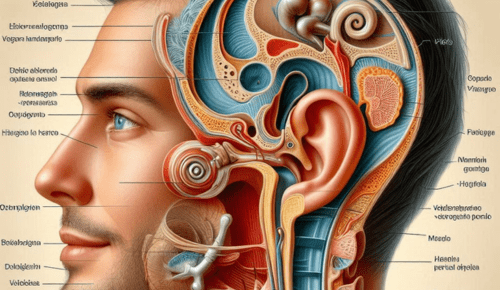
Thoracic Outlet Syndrome (TOS) can cause pain and discomfort. It often stems from compressed nerves or blood vessels in the area between the collarbone and first rib. While many think of vascular surgeons for procedures like “cosmetic vein treatment Lake Mary,” their skills go far beyond. They play a critical role in managing TOS. By understanding the anatomy and identifying the root causes, these specialists can alleviate symptoms and improve well-being.
Understanding Thoracic Outlet Syndrome
TOS affects the nerves and blood vessels that pass through the thoracic outlet. This area, located at the top of the body, is a busy intersection for major veins, arteries, and nerves. When these components get compressed, symptoms like pain, numbness, and weakness can arise. The syndrome can be classified into three main types:
- Neurogenic TOS: Involves the nerves
- Venous TOS: Affects the veins
- Arterial TOS: Involves the arteries
Causes and Symptoms
The causes of TOS can vary. Poor posture, repetitive movements, or injuries may contribute. Sometimes, anatomical anomalies, like an extra rib, can lead to compression. Recognizing the symptoms early is crucial. Common signs include:
- Tingling or numbness in the fingers
- Weakness in the hand or arm
- Swelling or discoloration in the arm
For more detailed information on TOS, visit the National Institute of Neurological Disorders and Stroke.
The Vascular Surgeon’s Role
Vascular surgeons bring a deep understanding of the circulatory system to the table. Their expertise is crucial in diagnosing and treating TOS. These specialists perform a thorough evaluation to determine the exact cause and type of TOS. They use a range of diagnostic tools, including imaging techniques and physical examinations.
When non-surgical treatments, like physical therapy, do not suffice, surgical intervention may be necessary. Vascular surgeons can perform procedures to relieve the compression. This might involve removing an extra rib or releasing muscle tension. By addressing the root cause, they help restore proper function and alleviate symptoms.
Treatment Approaches
Treatment for TOS often starts conservatively. Physical therapy aims to improve posture and strengthen muscles. In some cases, medications may help reduce pain and inflammation. However, when these methods fail, surgery becomes an option. Below is a comparison of non-surgical and surgical treatments:
| Treatment Type | Methods | Goals |
| Non-Surgical | Physical Therapy, Pain Management | Improve Symptoms, Avoid Surgery |
| Surgical | First Rib Resection, Scalenectomy | Relieve Compression, Restore Function |
Recovery and Routine Care
After treatment, routine care is essential. Follow-up appointments with the surgeon help ensure proper healing. Patients may need to continue physical therapy to maintain strength and flexibility. Lifestyle changes, such as ergonomic adjustments, can prevent recurrence. Learn more about recovery from TOS surgery on the Mayo Clinic website.
Conclusion
Vascular surgeons play a vital role in managing TOS. Their expertise in the circulatory system allows them to identify and treat the root causes of this complex syndrome. By working closely with patients, they can tailor treatment plans that offer relief and improve quality of life. Whether through conservative measures or surgical interventions, their goal is to restore comfort and function.




